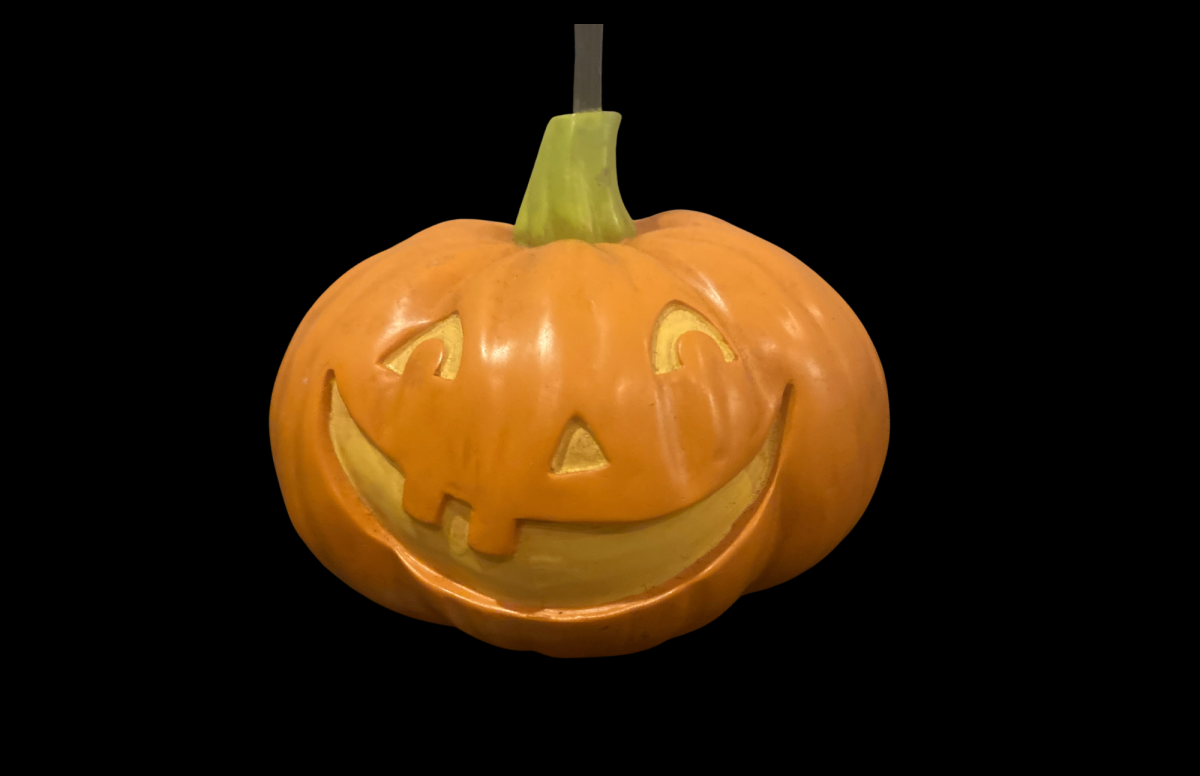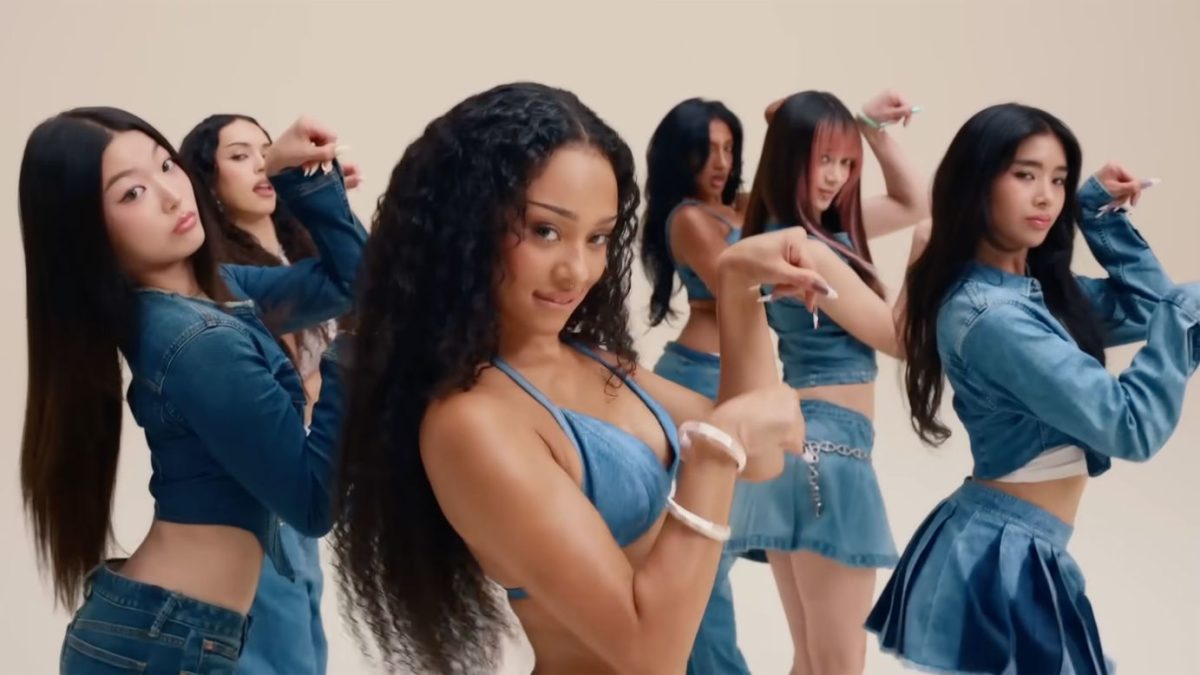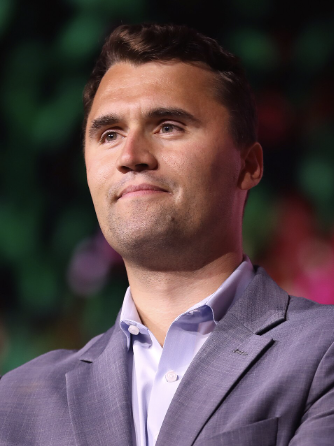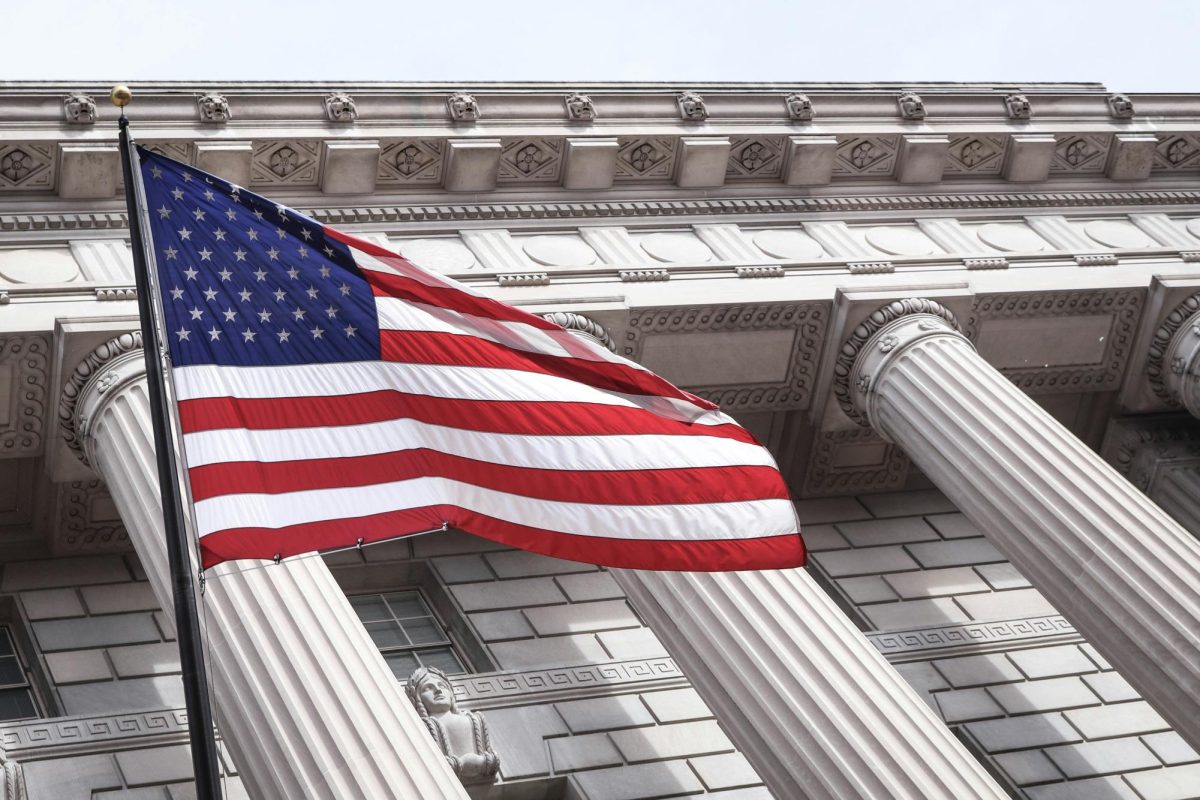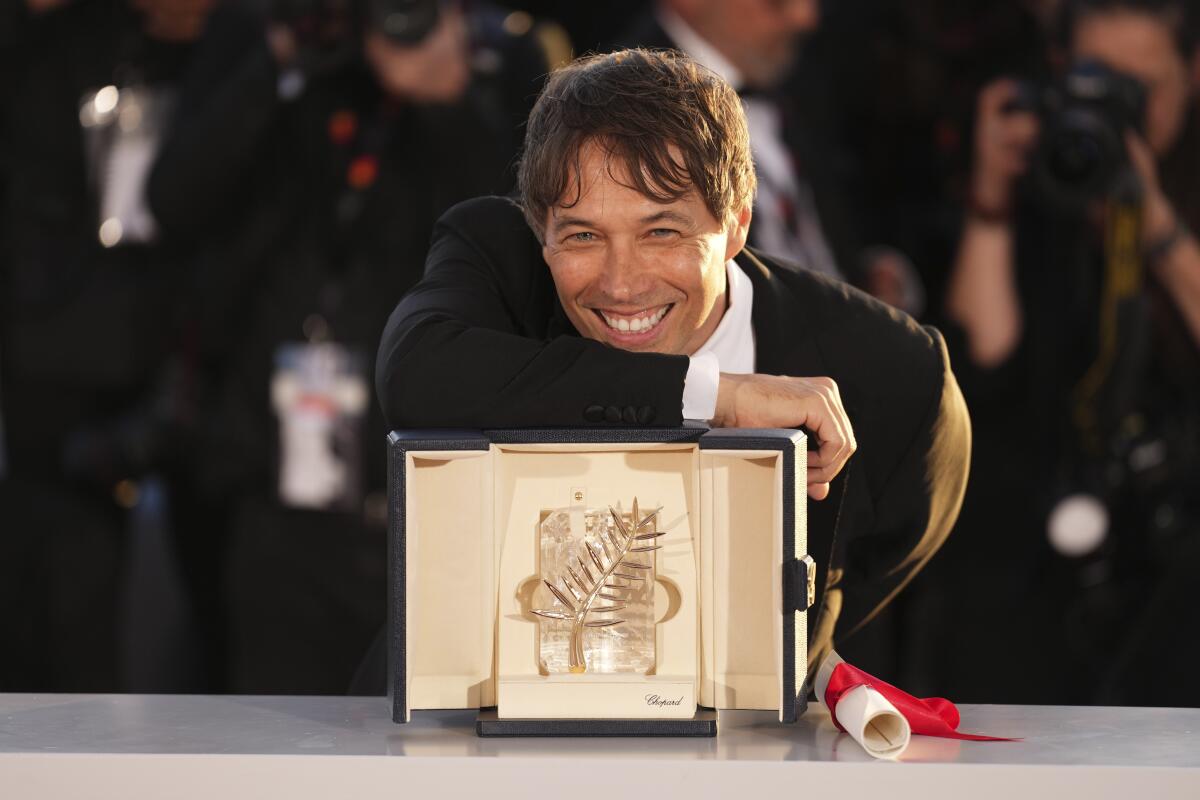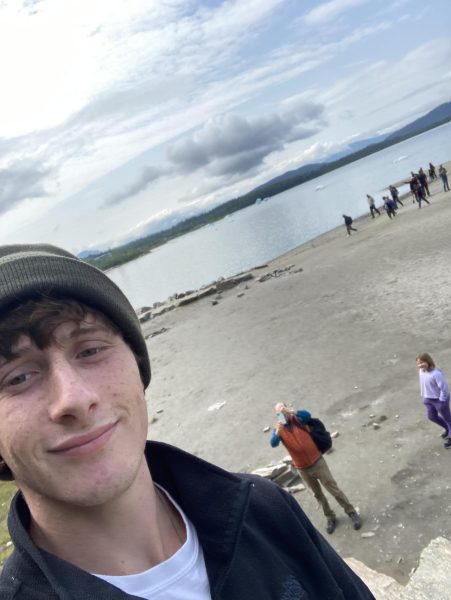Halloween spending in the U.S. has skyrocketed over the past decade. This year, Americans are expected to spend a record $12 billion on costumes, decorations, candy, and other Halloween-themed items, nearly doubling the $7 billion spent in 2015. With this growing enthusiasm for Halloween, it’s natural to wonder: is America becoming more obsessed with horror?
This trend resonates with young people due to the popularity of horror movies, TV shows, and online content.
“I like to watch creepy videos online while I eat sometimes. They’re interesting and entertaining,” Eli Bieser 25′ shared.
Similarly, Leo Schwartz, 25, said, “I love horror movies. My favorites are Get Out and Hereditary.”
In today’s digital landscape, all forms of entertainment, including horror, are just a click away. Eli’s habit of watching creepy online videos demonstrates how streaming services and social media have made horror content easily accessible and engaging.
This trend not only captivates the youth but is becoming increasingly popular with those of older genders. Ms. Bryant, a teacher at Bishop O’Dowd High School who teaches Psychological Realism, says, “With easy access to true crime podcasts and dramatized online horror content, it’s hard not to feel at least a little curious and click on these videos.”
The generational divide between younger and older horror consumers highlights how horror’s increased accessibility through streaming services has sparked greater interest in the genre.
Additionally, the themes explored in horror films have evolved significantly. Friday the 13th, an iconic horror film that resonates particularly with older crowds, is a classic slasher that epitomizes the genre’s past dominance, alongside other classics like A Nightmare on Elm Street, Halloween, and Scream.
In contrast, contemporary horror has shifted toward psychological themes that resonate with younger audiences. Films like Get Out and Hereditary incorporate real-world issues, such as racism and family trauma, making the genre feel more relevant and engaging for today’s viewers.
This growing interest in psychological horror is reflected in the popularity of newer movies and shows like Smile and Black Mirror, which further solidifies horror’s place in modern culture. Smile was one of Paramount’s biggest original hits since A Quiet Place in 2018, bringing in 22.6 million opening weekend and finishing at 105 million domestic at the box office.
Another big difference between modern and older horror films is the use of visual effects. While classic horror relied on practical effects, like rubber masks and animatronics, today’s filmmakers use advanced technology like CGI. This allows for a more immersive experience, making scares more realistic and memorable.
The 2024 slasher film, Terrifier 3, utilizes realistic VFX to make its scenes as gory and disturbing as possible.
“It’s absolutely nasty. I don’t think I’ll ever forget the scenes from that movie,” said Spencer Vu ’25.
Classic slashers like Nightmare on Elm Street lack the gruesome intensity and lasting impact of modern horror. Spencer Cope 27′ notes, “I don’t think old movies are that scary. I can tell when they’re fake, and it really takes me out of the film.”
In a world where streaming services, social media, and advancing technology make horror more accessible and immersive than ever, it’s clear that America’s fascination with the genre has reached new heights.
The shift from classic slashers to psychological and visually intense films reflects not only changes in technology but also society’s evolving tastes and anxieties.
Whether driven by nostalgia, curiosity, or the thrill of confronting fear in a controlled environment, it seems that America’s love for horror is here to stay, captivating new generations and keeping the spirit of Halloween alive year-round.

